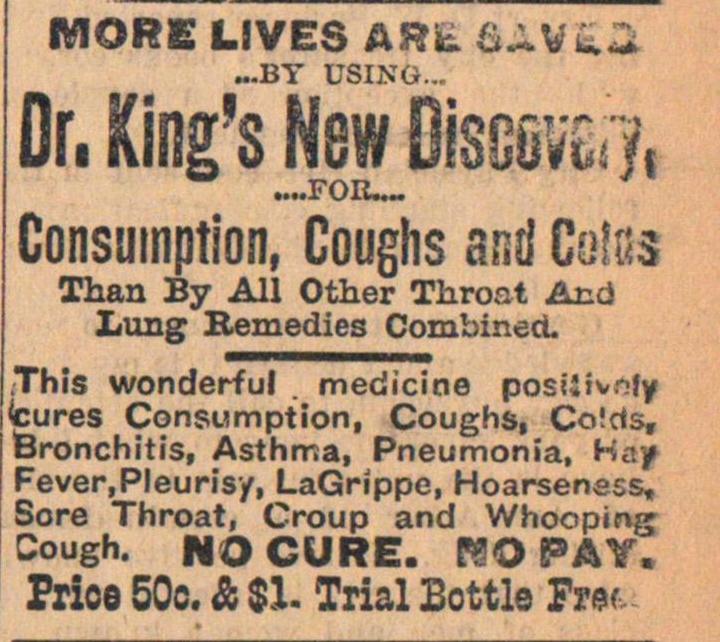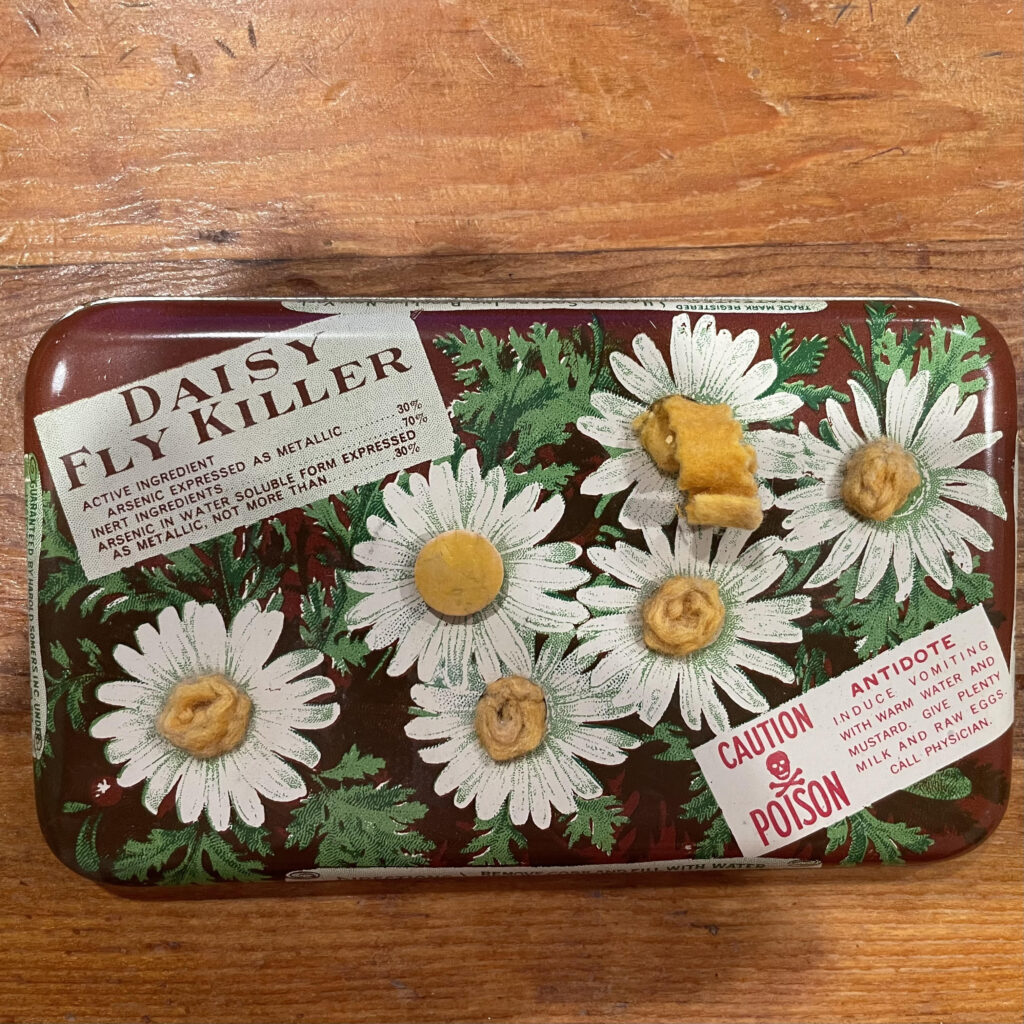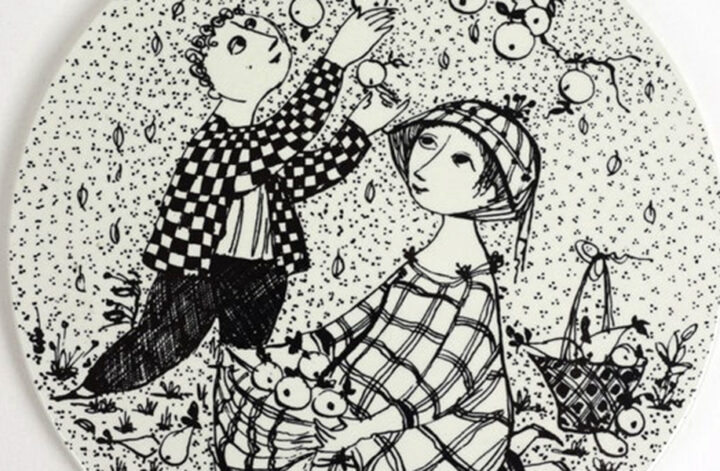Good instructions and good safety warnings are good things. And any good manufacturer will document any features of a product that makes it desirable in the eyes of a buyer. As vintage sellers, we handle a lot of items from the past, and some of those instructions, warnings and brags are a tad amusing from today’s perspective. But we found a few vintage warning labels that need warnings themselves.
Daisy Fly Killer
This product that was patented in 1888 is an example of the cure being worse than what it was designed to prevent. I don’t know about you but after reading the list of the active ingredients (30% arsenic) and the antidote if you accidentally swallow the product (vomiting induced by drinking warm water and mustard followed by milk and raw eggs), I think I’d opt for a fly swatter.
Del Monte Pudding Cup
A dream come true in the 1970s, pudding that didn’t need refrigeration and came in a can with a pull top lid. The warning labels on these should have been, “Use caution when licking lid as the sharp metal edges are definitely going to cut your tongue.” But instead, we got the directions for how to open the can–bearing in mind that this was an innovation at the time.
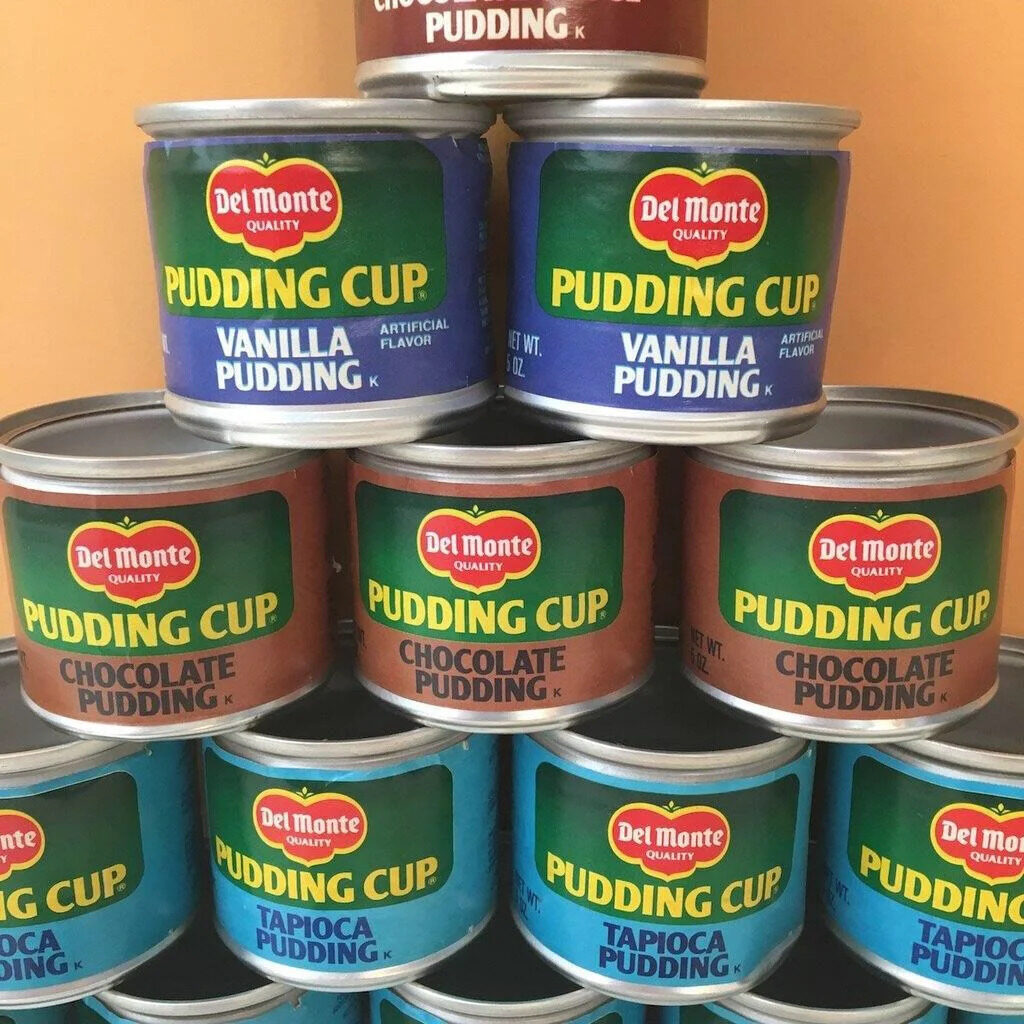
Chem-Ice Snowman Brand, The New Miracle Coolant for Foods and Beverages
The super new idea to pack into your metal picnic cooler in the 1950s. Look at the friendly snowman, conical graduated cylinder and the test tubes that were used to create this safe and economical product sealed in a can. Those were the days when science made everything easier and good. The side panels warn in a not very large font, “NEVER OPEN THIS CAN!” and “CONTENTS NOT FOR HUMAN CONSUMPTION.” This coolant can was stored in my in-law’s garage for decades and is now in our garage awaiting the next “Household Hazardous Waste Day.”
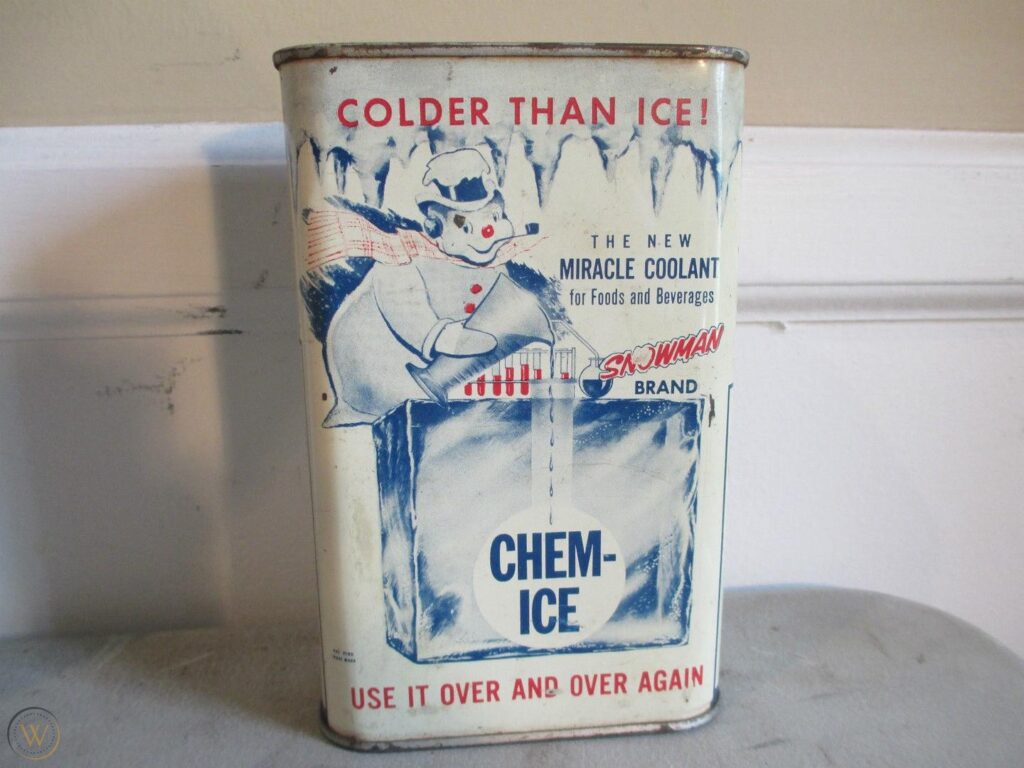
Bee’s Laxative Cough Syrup
Manufactured in the laboratories of the E.C. DeWitt Co. in the late 1800s, this product was touted as good for whatever ails you. Coughs, colds, whooping cough, la grippe or constipation, it was guaranteed to cure them all. As noted on the packaging, it was pleasant to take, plus despite containing chloroform, it was perfectly safe for babies if you diluted it with milk or syrup.
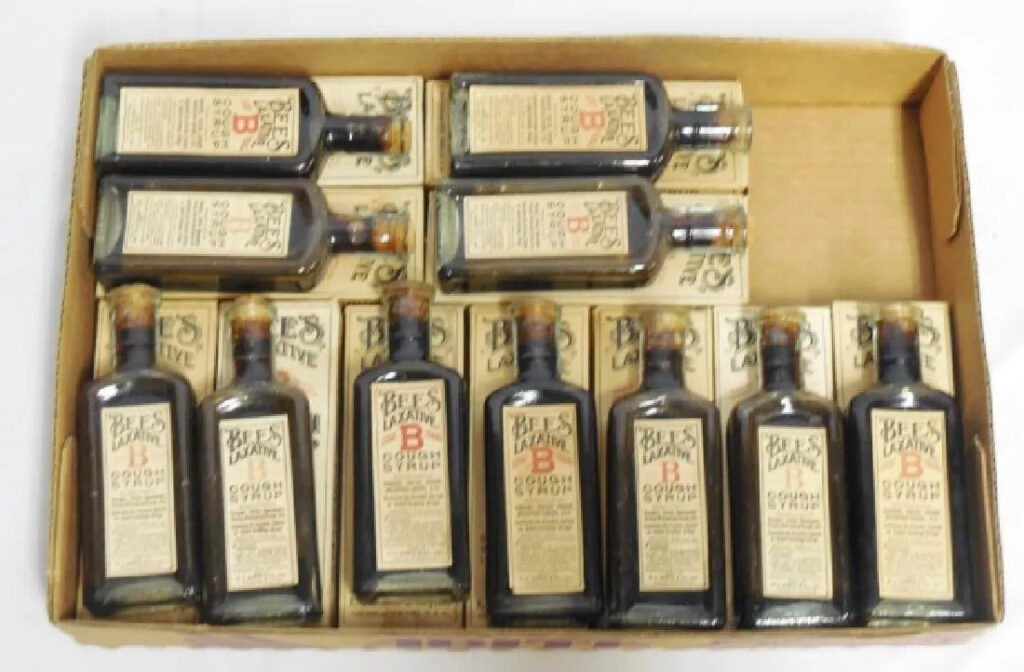
Dr. King’s New Discovery for Coughs and Colds
Another of the patent medicines that were common at the turn of the 19th century, Dr. King’s New Discovery earned a scathing review in an exposé series printed in Colliers Magazine in 1905:
“As it is a morphine and chloroform mixture, ‘Dr. King’s New Discovery for Consumption’ is well calculated to strike terror to the doctors or to any other class or profession, except, perhaps, the undertakers. It is a pretty diabolical concoction to give to anyone, and particularly to a consumptive. The chloroform temporarily allays the cough, thereby checking Nature’s effort to throw off the dead matter from the lungs. The opium drugs the patient into a deceived cheerfulness. The combination is admirably designed to shorten the life of any consumptive who takes it steadily.”
